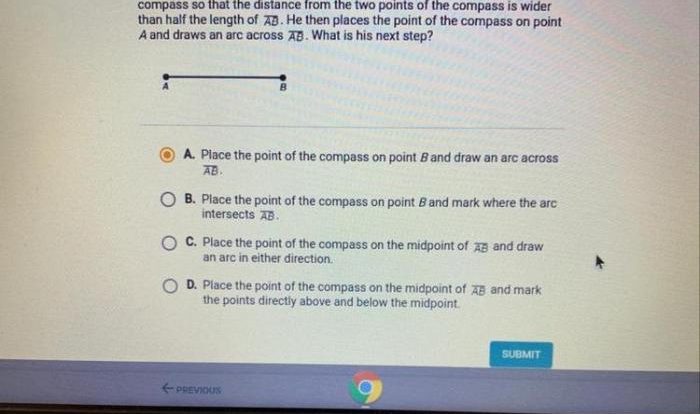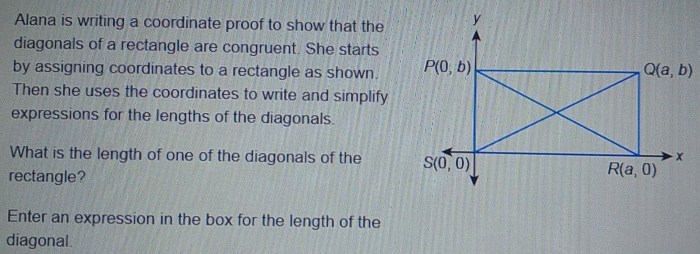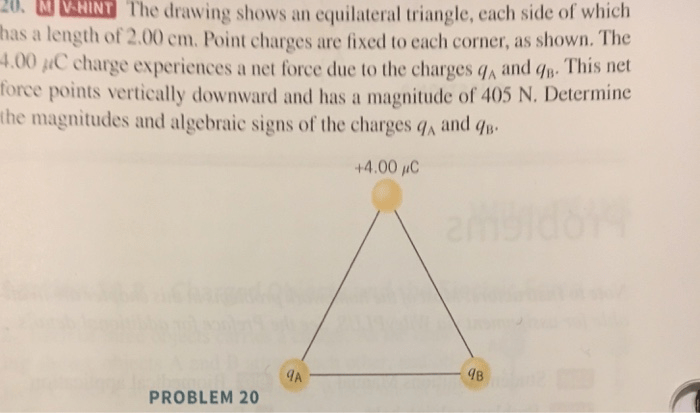Practice 7 4 similarity in right triangles answer key – Delve into the realm of geometry with Practice 7.4 Similarity in Right Triangles Answer Key, a comprehensive guide to unlocking the mysteries of similar right triangles. Prepare to unravel the secrets of these intriguing shapes and discover their remarkable properties.
In this exploration, we will delve into the concept of similarity, examining the defining characteristics and relationships that exist within right triangles. The Pythagorean theorem will serve as a beacon, illuminating our path as we uncover the intricate connections between the sides and angles of these geometric wonders.
Similarity of Right Triangles
In geometry, two right triangles are similar if they have the same shape, but not necessarily the same size. This means that the corresponding angles of the two triangles are equal, and the ratios of the corresponding sides are equal.
For example, two right triangles with angles of 30°, 60°, and 90° are similar, as are two right triangles with angles of 45°, 45°, and 90°. The ratios of the corresponding sides of these triangles are also equal, such as the ratio of the hypotenuse to the opposite side.
Properties of Similar Right Triangles, Practice 7 4 similarity in right triangles answer key
- The corresponding angles of similar right triangles are equal.
- The ratios of the corresponding sides of similar right triangles are equal.
- The area of similar right triangles is proportional to the square of the length of the hypotenuse.
Pythagorean Theorem
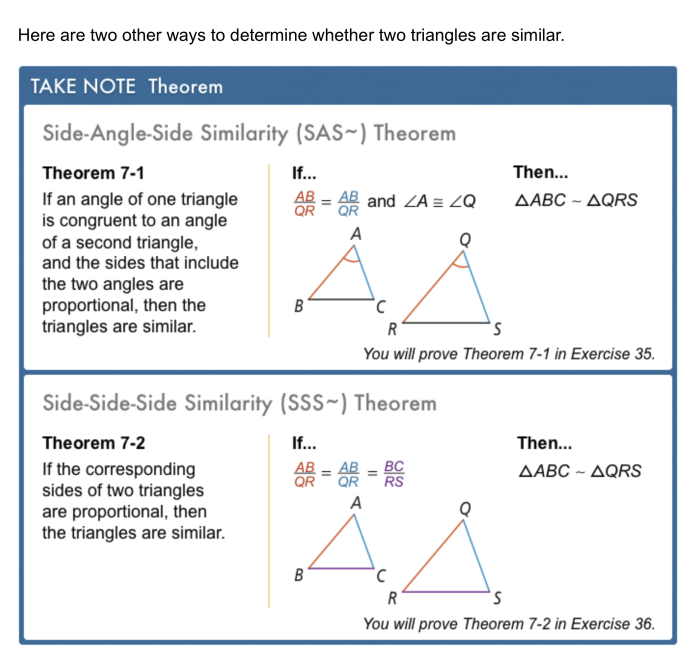
The Pythagorean theorem is a fundamental theorem in geometry that states that in a right triangle, the square of the length of the hypotenuse is equal to the sum of the squares of the lengths of the other two sides.
For example, in a right triangle with legs of length 3 and 4, the hypotenuse has length √(3² + 4²) = 5.
Applications of the Pythagorean Theorem
- Finding the missing side of a right triangle.
- Calculating the distance between two points.
- Determining the area of a triangle.
Practice 7.4 Similarity in Right Triangles: Practice 7 4 Similarity In Right Triangles Answer Key
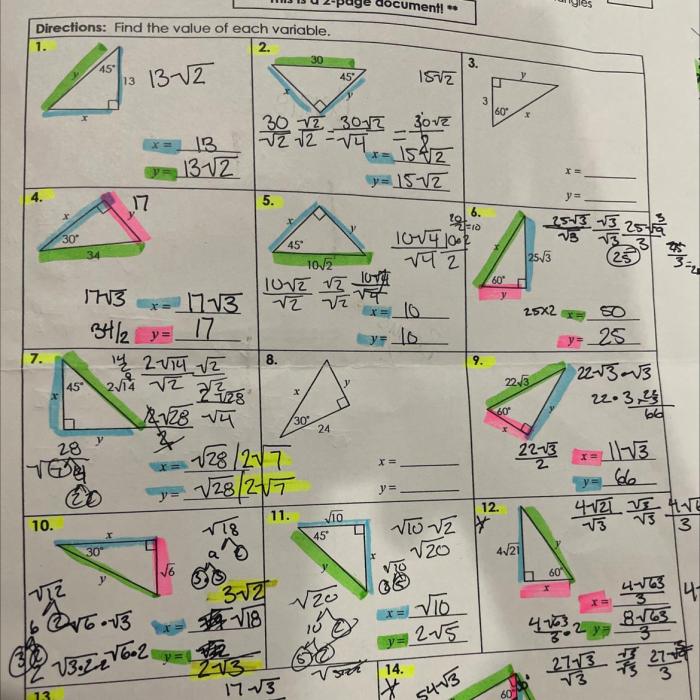
In Practice 7.4, students will analyze and solve problems involving the similarity of right triangles.
Strategies for Solving Problems
- Identify the similar triangles in the problem.
- Use the properties of similar triangles to set up and solve equations.
- Check your solutions to make sure they are reasonable.
Applications of Similarity in Right Triangles
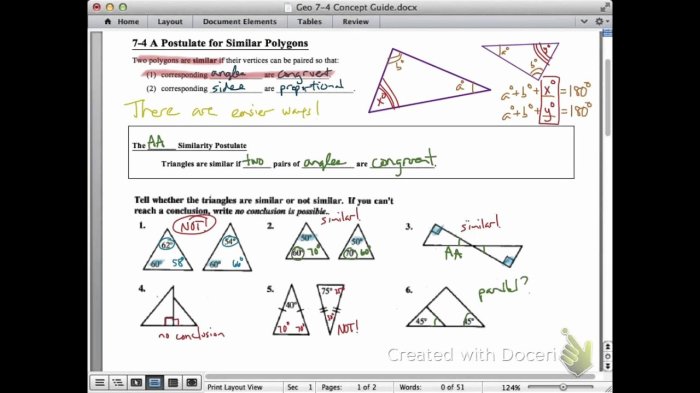
The similarity of right triangles has many real-world applications, such as:
- Architecture: Determining the height of a building or the length of a shadow.
- Navigation: Calculating the distance to an object or the angle of elevation.
- Engineering: Designing bridges, buildings, and other structures.
Essential FAQs
What is the Pythagorean theorem?
The Pythagorean theorem states that in a right triangle, the square of the length of the hypotenuse (the side opposite the right angle) is equal to the sum of the squares of the lengths of the other two sides.
How can I use the Pythagorean theorem to find the missing side of a right triangle?
To find the missing side of a right triangle using the Pythagorean theorem, you can use the following formula: c² = a² + b², where c is the length of the hypotenuse, and a and b are the lengths of the other two sides.
What are the properties of similar right triangles?
Similar right triangles have the following properties:
- Their corresponding angles are congruent.
- Their corresponding sides are proportional.
- Their areas are proportional to the squares of their corresponding sides.
